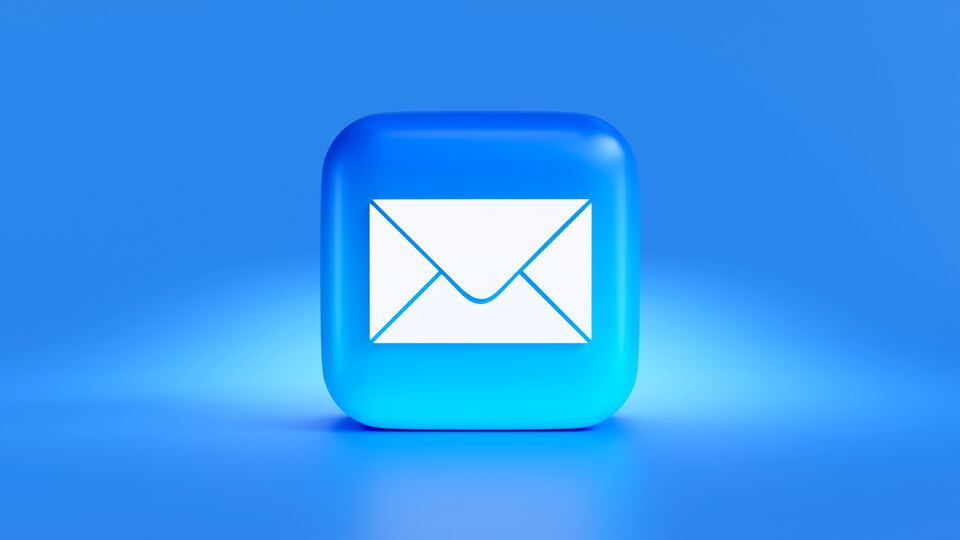What you will get from this article
- Define what is Newsletter Automation
- Understand the reasons to automate your newsletter
- Explore the best newsletter automation tools
- Learn how to implement newsletter automation
Introduction
Have you been struggling to keep up with creating content for your business on a consistent basis? Between managing your business, dealing with clients, and staying on top of day-to-day tasks, finding the time to blog, send newsletters, post on social media, and keep your audience engaged can feel impossible.
The secret to solving your content woes and ensuring you stay in front of your customers? Newsletter automation.
Newsletter automation is a game changer for any business. It allows you to automatically send pre-written newsletters, blog posts, and social media updates on the schedule you choose.
You write the content once, load it into your automation tool, and then sit back while that tool does the work of sending and posting for you.
No more scrambling to get content out the door or worrying you'll drop the ball. Newsletter automation gives you back your time so you can focus on the important work of actually running your business.
If you're ready to take your content marketing to the next level, keep reading to learn how newsletter automation can be the key to your success.
What is Newsletter Automation
Newsletter automation is the process of automating the creation, organization, and distribution of newsletters using specialized software tools.
This approach saves time, energy, and resources, allowing you to focus on more critical business tasks.
Automation software, such as Sanka, provides a means for businesses to streamline their newsletter process, ensuring consistent, high-quality content is delivered to subscribers.
Why You Need to Automate Your Newsletters
If you're still manually writing and sending your newsletters, you're making life way harder than it needs to be. Automating your newsletters is key to scaling your content marketing and reaching more readers.
Newsletter automation is the process of automating the creation, organization, and distribution of newsletters using specialized software tools.
Automating your newsletter saves you time. Instead of manually compiling content, designing the layout, and scheduling each issue, you can have software handle it for you.
You provide the content and templates upfront, set the schedule, and the system takes care of the rest. This frees you up to focus on high-impact tasks like creating content, optimizing your strategy, and analyzing the results.
Your newsletters will be more consistent. With an automated system, your newsletters will go out like clockwork according to the schedule you set.
No more scrambling to get an issue out or forgetting to send one altogether. Your readers will come to expect your content on the same day each week or month.
You can segment your list and personalize content. Automation platforms enable you to slice and dice your list into segments based on interests, location, or other factors.
You can then send targeted content to each segment, increasing the relevance for your readers.
Analytics provide insights to optimize your content. Automated newsletter services provide analytics on open rates, click-through rates, and more.
You can see which content and subject lines resonate most with your readers. Then optimize future newsletters to improve engagement and results.
The Best Newsletter Automation Tools

So you’ve decided to start a newsletter. Smart move! Now you need the right tools to create, send, and automate your newsletter. Here are some of the best options to consider:
- Sanka, provides a means for businesses to streamline their newsletter process, ensuring consistent, high-quality content is delivered to subscribers. It is designed to execute newsletter automation efficiently. Sanka offers a variety of features that make the automation process seamless, such as scheduling, personalization, analytics tracking, and more. Try it for free by signing up here.
- ConvertKit is an easy-to-use email marketing service made for creators. Their automation allows you to send the right message at the right time. You can create sequences to onboard new subscribers, promote content, and more. Pricing starts at $29/month.
- Drip is a visual campaign builder that lets you create smart email marketing workflows without any coding. Use their pre-built automation or create your own customized journeys. Plans begin at $49/month.
- ActiveCampaign combines email marketing, sales, and marketing automation in one platform. Build smart automation with their visual workflow builder and send personalized messages at scale. Pricing starts at $9/month for up to 500 contacts.
- Mailchimp is a popular email marketing service used by over 15 million businesses. Their automation feature lets you create customized email journeys to engage your subscribers. Plans start at $14/month for up to 500 contacts.
No matter which tool you choose, automating your newsletter is key to gaining and engaging more subscribers.
Set it and forget it - these tools will do the work for you so you can focus on creating great content.
Your subscribers will appreciate the personalized experience and you'll see the benefits through higher open and click rates. Now get out there and start converting readers into loyal subscribers!
How to Implement Newsletter Automation
Segment Your Subscribers
Subscribers' segmentation is crucial for creating targeted newsletters. Use automation tools to categorize subscribers based on various factors, such as interests, geography, or browsing behavior.
Segmentation empowers you to create tailored content that speaks directly to each subscriber group, increasing the likelihood of engagement and conversion.
Creating an Email Marketing Automation Workflow

Once you have your newsletter content planned and created, it’s time to set up your email marketing automation. This will ensure your newsletters go out on schedule and reach your subscribers.
Choose an Email Service Provider
The first step is to select an email service provider (ESP) to help you build your email lists and automate your newsletters. Options like Sanka, Mailchimp, and Drip are popular and easy to use.
They offer free trials so you can explore the features and pick what works for your needs. With an ESP, you can create signup forms for your website, import your existing contacts, and schedule your email sends in advance.
Set a Newsletter Schedule
Decide on the frequency for your newsletter that matches your content creation capacity and your audience’s expectations.
A weekly or biweekly newsletter is common for many businesses. You may start with a monthly newsletter and scale up from there as you build your content and following. Whatever schedule you choose, be consistent and stick to it.
Create Your Email Workflows
An email workflow automates the steps to send your newsletter. Set up your workflows to schedule your newsletters in advance, customize the content for different segments of your list if needed, and trigger any follow-up emails. For example, create a workflow to:
- Send your newsletter on the 1st of each month
- Send a reminder email 3 days before the newsletter goes out
- Send a follow-up email 3 days after with any important links or calls-to-action from the newsletter
- Add new subscribers to a welcome email workflow to onboard them
With the right tools and processes in place, email marketing automation can save you time while keeping your subscribers consistently engaged with your content.
Your newsletters will go out like clockwork, and you'll gain insight into how your audience interacts with them to help strengthen your content over time.
Tips for Designing an Automated Newsletter

To keep your readers engaged, an automated newsletter needs to be well-designed. Here are some tips for creating an email newsletter your subscribers will look forward to opening.
Choose a simple but eye-catching design
Keep your newsletter clean and minimal, with a small number of images and text-heavy content. A simple, uncluttered template is easiest to read on mobile devices and won’t distract from your key messages.
However, you still want an esthetically pleasing and distinctive header image to make it visually compelling.
Use a consistent and scannable layout
Establish a set structure or grid and stick to it for each issue. This makes your newsletter easy to navigate and readers will know what to expect. Within sections, use:
- Bulleted lists
- Numbered sequences or steps
- Bold headers and subheaders
to break up content into bite-sized chunks that are quick to scan.
Include a clear call-to-action
End your newsletter with a strong CTA, like signing up for a webinar, downloading an e-book, or sharing the newsletter on social media.
Give your readers an obvious next step to keep them engaged with your content and brand.
Personalize the experience
Using your email marketing platform, segment your list based on interests, location or other factors. Then tailor content, images, offers, and CTAs to specific reader groups. Personalization leads to higher open and click-through rates.
Keep subject lines compelling
Your subject line is the first thing readers see and determines whether they open your email. Use an attention-grabbing headline with a benefit or outcome and keep subject lines fairly short, around 40 to 50 characters. Questions, numbers, and urgency also work well in subject lines.
Following these tips will help you create a newsletter your readers eagerly anticipate and interact with, leading to more traffic, leads, and sales for your business.
With regular feedback, you can continue optimizing and improving your newsletter over time.
Schedule Your Newsletters
Determine an appropriate frequency for sending newsletters and select the optimal days and times to improve the chances of engagement. Use automation software to schedule your newsletters in advance, ensuring consistency and freeing up valuable resources.
Utilize Metrics and Analytics
Monitoring and analyzing your newsletters' performance can provide valuable insights for improvement. Automation software, such as Sanka, provides detailed analytics on various metrics like open rates, click-through rates, and conversions. Use this data to fine-tune and optimize your newsletter content and strategy.
Conclusion
That's the lowdown on newsletter automation. By leveraging the power of automation for your newsletter campaigns, you'll free up more time to focus on high-impact content creation and relationship building with your subscribers.
No more manually scheduling, formatting and sending out newsletters - you can automate the busywork and get back to doing what you do best. Give newsletter automation a try and you'll wonder how you ever managed without it.
Your subscribers will thank you for the more consistent, personalized and engaging content. And you'll be well on your way to content marketing success. Start automating your newsletters today - your future self will thank you for it!








